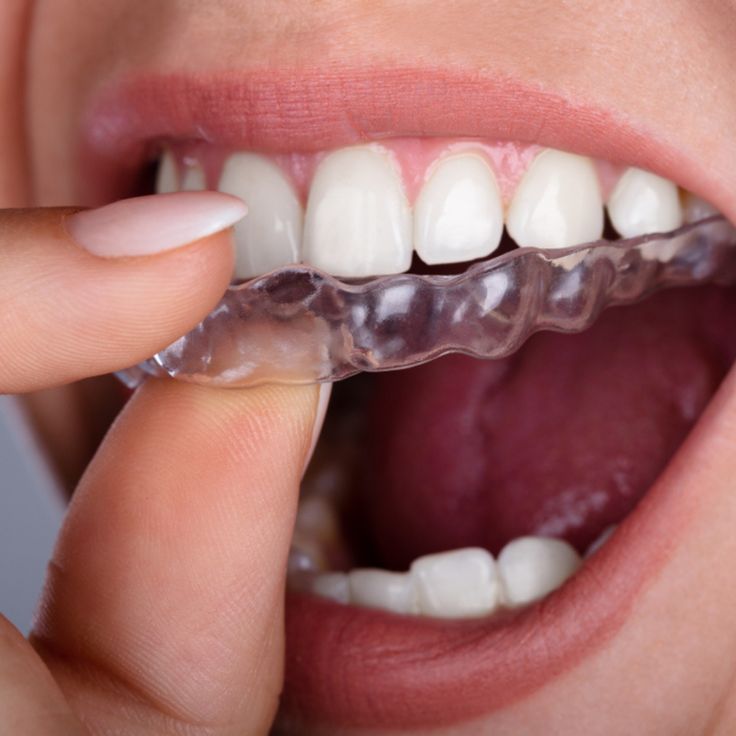
Dental braces are orthodontic devices used to correct misaligned teeth and jaws, improving oral health, function, and aesthetics. They are a common treatment for children, teenagers, and adults seeking to enhance their smiles and address dental irregularities.
Types of Dental Braces
Braces come in several types, each with unique benefits and considerations:
1. Metal Braces (Traditional Braces):
Description: Made from high-grade stainless steel brackets and wires.
Advantages:
Effective for severe misalignments.
Durable and cost-effective.
Disadvantages:
Visible and less aesthetic.
May cause initial discomfort.
2. Ceramic Braces:
Description: Use tooth-colored or clear brackets to blend with teeth.
Advantages:
Less noticeable than metal braces.
Equally effective for most cases.
Disadvantages:
More expensive than metal braces.
Brackets can stain if not cared for properly.
3. Lingual Braces:
Description: Attached to the back (tongue-side) of the teeth, making them invisible from the front.
Advantages:
Completely hidden from view.
Suitable for moderate to severe misalignments.
Disadvantages:
Difficult to clean and adjust.
May cause tongue irritation and speech difficulty.
4. Clear Aligners (e.g., Invisalign):
Description: Removable, transparent trays custom-made to fit the teeth.
Advantages:
Virtually invisible.
Comfortable and removable for eating and cleaning.
Disadvantages:
Not suitable for severe misalignments.
Requires high patient compliance (wearing 20-22 hours/day).

Benefits of Braces
Improved dental aesthetics and self-confidence.
Correction of bite issues, reducing risks of jaw pain or damage.
Easier cleaning of teeth, lowering the chance of cavities and gum disease.
6. Challenges and Maintenance
Discomfort: Initial soreness and irritation.
Diet Restrictions: Avoid sticky, hard, or sugary foods.
Oral Hygiene: Requires diligent brushing and flossing to prevent plaque buildup.
Cost: Can range from $3,000 to $8,000 depending on the type and treatment duration.
7. Advanced Alternatives
Damon Braces: A type of self-ligating braces with fewer adjustments.
Accelerated Treatments: Techniques like AcceleDent or Propel to shorten treatment time.
Consultation: The orthodontist evaluates dental issues through X-rays, photos, and impressions. alignment.
Braces are fixed, and instructions are given for care.
Protects worn-down teeth from further damage, improving chewing and speaking ability. Advantages of Dental Veneers
Periodic visits to tighten the braces and monitor progress. Retention: After braces are removed, retainers are used to maintain

Dr. Sushmita Rath and their team at Soul Family Dental and Implants provide quality dental care to patients in the Post Oak, Houston TX and surrounding areas, focusing on a comprehensive approach to oral health.


© 2024 Soul Family Dentaland Implants. All rights reserve.
This website uses cookies to provide you with the best browsing experience.